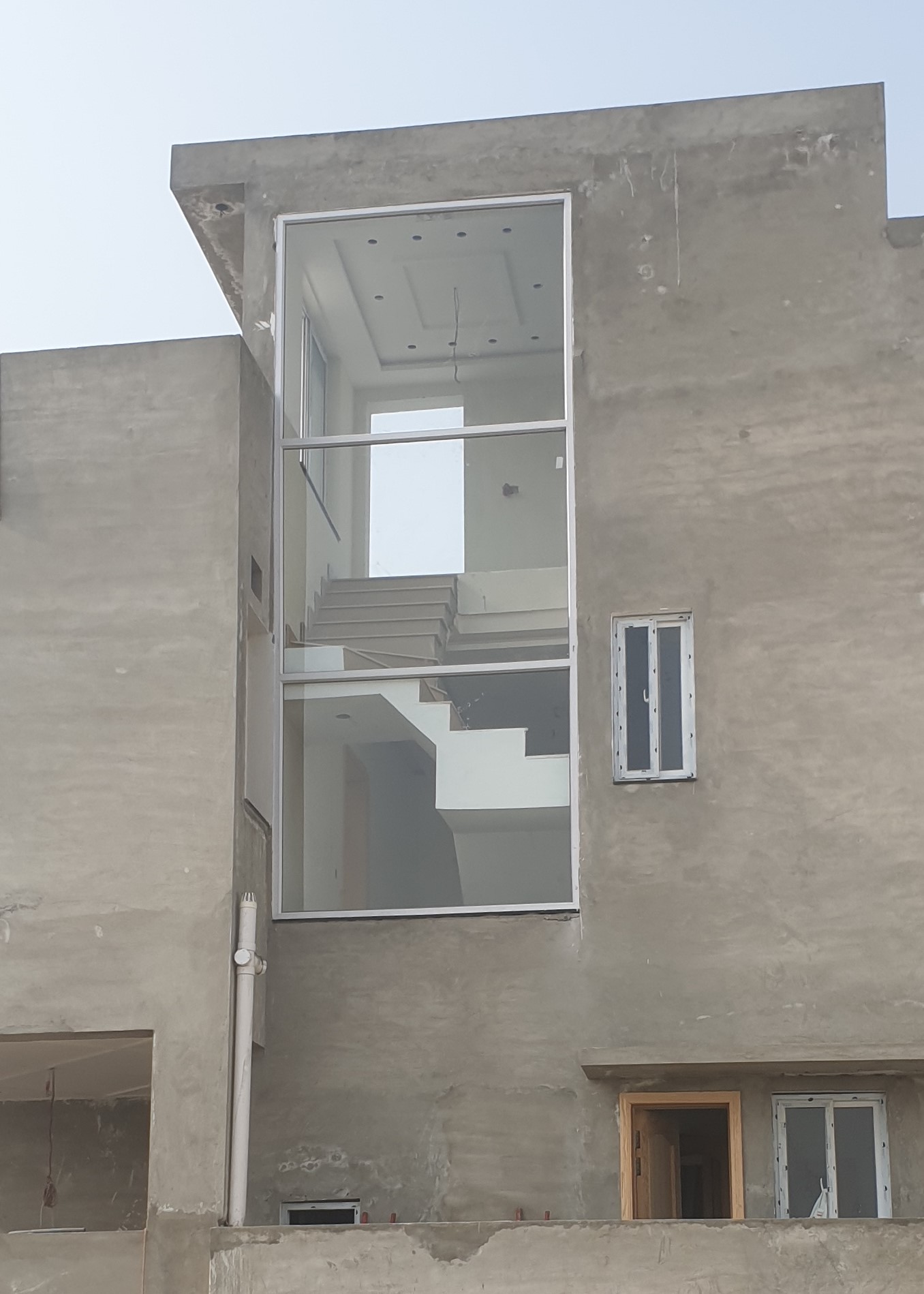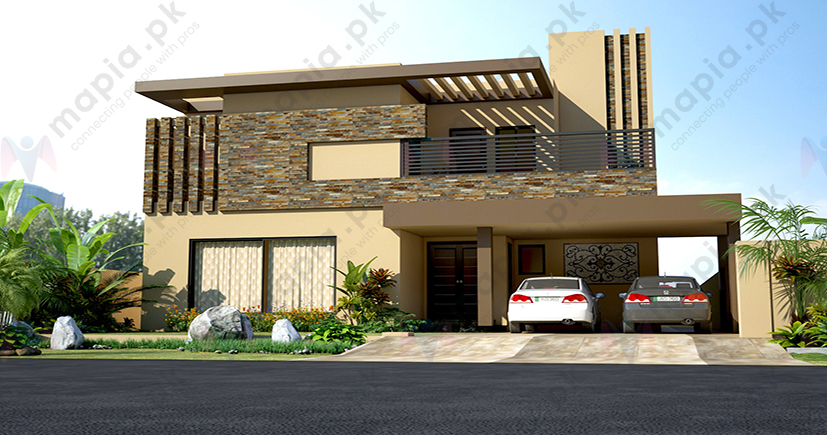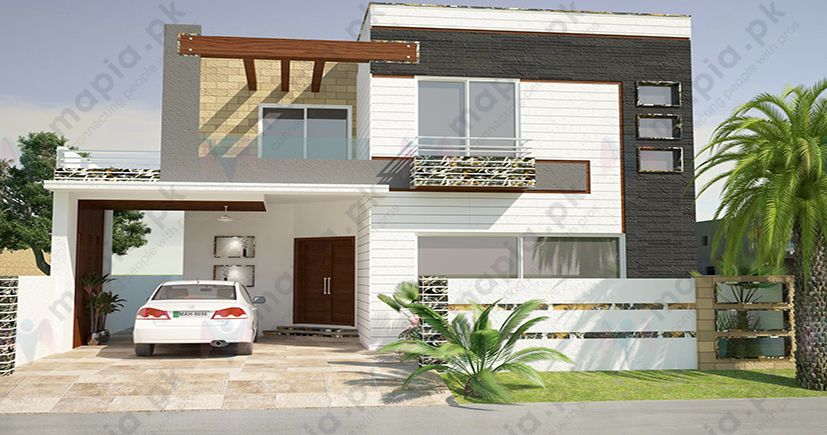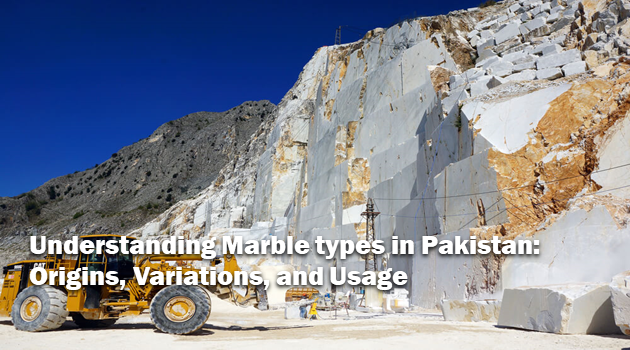Architectural and Engineering Glossary
V
A room for the keeping of vestments,garments, or clothes;a wardrobe.
An anteroom or small foyer leading into a larger space.
A chamber in a church,near the sanctuary,for the storage of the utensils used in a service and for the robes of the clergy and choir.
Abbr.for “vertical grain.”
The enclosed passageway between the high altar and choir of a Hispanic cathedral.
Concrete compacted by vibration during and after placing.
Premium Product & Services
Best products and services from our partners
Same as sonic pile driver.
A roller which has a motor driven eccentric for compacting soils.
A machine designed to level a freshly poured concrete slab and also to act as a vibrator.
As applied to concrete,see concrete vibration.
A resilient support for machinery,piping, ductwork,etc.,which may act as a source of vibration;designed to reduce the amount of vibration transmitted to the building structure.
The time required for fresh concrete to harden sufficiently to prevent its becoming mobile when subjected to vibration.
An apparatus for measuring the displacement,velocity,or acceleration of a vibrating body.
An incandescent lamp,having a tungsten filament,which is designed to withstand mechanical vibration to a greater degree than a general service lamp.
An oscillating,power operated machine used to agitate fresh concrete so as to eliminate gross voids including entrapped air (but not entrained air) and to produce intimate contact with form surfaces and embedded materials.
In England,the home or residence of a vicar.
A penetration device used in the testing of hydraulic cements and similar materials to measure their consistency and their initial and final setting times.
A screw stair.
See vis.
A numerical rating for the hardness of a metal;measured by applying a known force to an inverted pyramid shaped diamond placed on the surface of the metal,and then measuring the area of indentation and the depth of penetration.
An ornate out- growth of the Richardsonian Romanesque style from which it differs both in the use of color and in the texture of masonry,and in being less exact in adapting Romanesque style forms;popular from about 1870 to 1900; usually characterized by:rock-faced stone or decorative stonework,often polychromed;brick of different colors;panels of terra cotta;semicircular arches or compound arches similar to those in the Romanesque style;pilastered arcades at ground level; steeply pitched wall gables;multicurved parapets;window heads framed by masonry arches;doors set within concentric rounded masonry arches or with voussoirs of more than one color.
1.The Revival and Eclectic architecture in 19th century Great Britain,named after the reign of Queen Victoria (1837–1901);also its American counterpart.Many architectural historians avoid the term Victorian architecture,considering the adjective “Victorian”merely as descriptive of an age that encompassed a number of specific exuberant,ornate, and highly decorative architectural styles.2.A loose term that sometimes covers three picturesque phases of architecture in America:Early Victorian(1840–1860),High Victorian(1860 1880),and Late Victorian(1880– 1890) and beyond;the adjective “Victorian” is descriptive of an age that encompassed a number of specific exuberant, ornate, and highly decorative architectural styles,such as High Victorian Italianate (1860–1885),High Victorian Gothic (1860–1890),Second Empire style(1855–1890),Stick style (1860–1885),Shingle style(1880–1890),Victorian Romanesque(1870–1900),Gingerbread Folk architecture (1870–1910),and Queen Anne style (1870–1910).The adjectives VictorianorHigh Victorianare sometimes applied to Gothic Revival and Italianate style to indicate their later,more detailed,and more elaborate phases.
Same as High Victorian Gothic;also see Gothic Revival.
See Queen Anne style.
An open web truss having verticals which are rigidly connected to the top and bottom chords but without diagonals.
In Spanish Colonial architecture and its derivatives,a log that has been stripped of its bark and unhewn;used as one of a number of roof beams spanning the width of a building between opposite adobe walls;usually evenly spaced along the length of the walls;often round in cross section.Typically,the vigas are overlaid with small straight saplings that are covered by a reed matting;this combination supports a roof of dried mud or adobe.
See vinette.
A Buddhist or Jain monastery in Indian architecture.
See Dragon style.
1.In the Roman and Renaissance periods,a country seat with its dwelling,outbuildings,and gardens,often quite elaborate.2.In modern times,a detached suburban or country house of some pretension.
See Italianate style.
An open space or public park,once traditionally located at the center of a village;still found in many towns today;also see common.
1.A Hindu temple,mainly of the Deccan and southern India.2.The sanctuary in such a temple containing a cell in which a deity is enshrined.
A plant whose stem is not self supporting.
An ornament of running vine scrolls with grape clusters and leafwork.
A thermoplastic compound made from polymerized vinyl chloride,vinylide chloride,or vinyl acetate; includes some plastics made from styrene and other chemicals.
A resilient floor covering which is composed of a binder (one or more resins,such as vinyl chloride,compounded with suitable plasticizer and stabilizers)with fillers,and pigment.
A resilient floor covering in sheet or tile form composed of a vinyl plastic binder,mineral fillers,and pigment.
A water based paint containing vinyl.
A floor tile composed principally of polyvinyl chloride but also containing mineral fillers,pigments,plasticizers,and stabilizers;does not require waxing; usually set in mastic over a wood or concrete subfloor.
A resilient,semiflexible floor tile;composed of asbestos fibers,ground limestone,plasticizers,pigments,and a polyvinyl chloride resin binder;has good wearing qualities,high grease resistance,and relatively good resilience.
A comparatively simple timber framed wood house used during the17th century,originating in the Chesapeake Bay area of the Commonwealth of Virginia;supported by posts sunk in the ground rather than by a foundation.The exterior walls were covered with a wall cladding of hand split clapboards,which provided additional structural strength.
An I house often found in southern US;usually has a relatively low pitched roof,a central dormer,and a raised foundation.
Same as zigzag fence.
A spiral staircase generally of stone,whose steps wind around a central shaft or newel;a screw stair.
A device for determining viscosity;esp.used to measure the viscosity of slurries,including fresh concrete.
Same as viscometer.
The internal frictional resistance exhibited by a fluid in resisting a force which tends to cause the liquid to flow.
A filter for cleaning air;dirt,carried by the air,impinges on a surface covered with a viscous fluid or oil,to which the dirt particles adhere.
1.A gripping tool,fixed or portable,used to hold an object firmly while work is performed on it; has movable jaws,similar to a clamp,which are brought together by a screw or lever.2.See vis.














